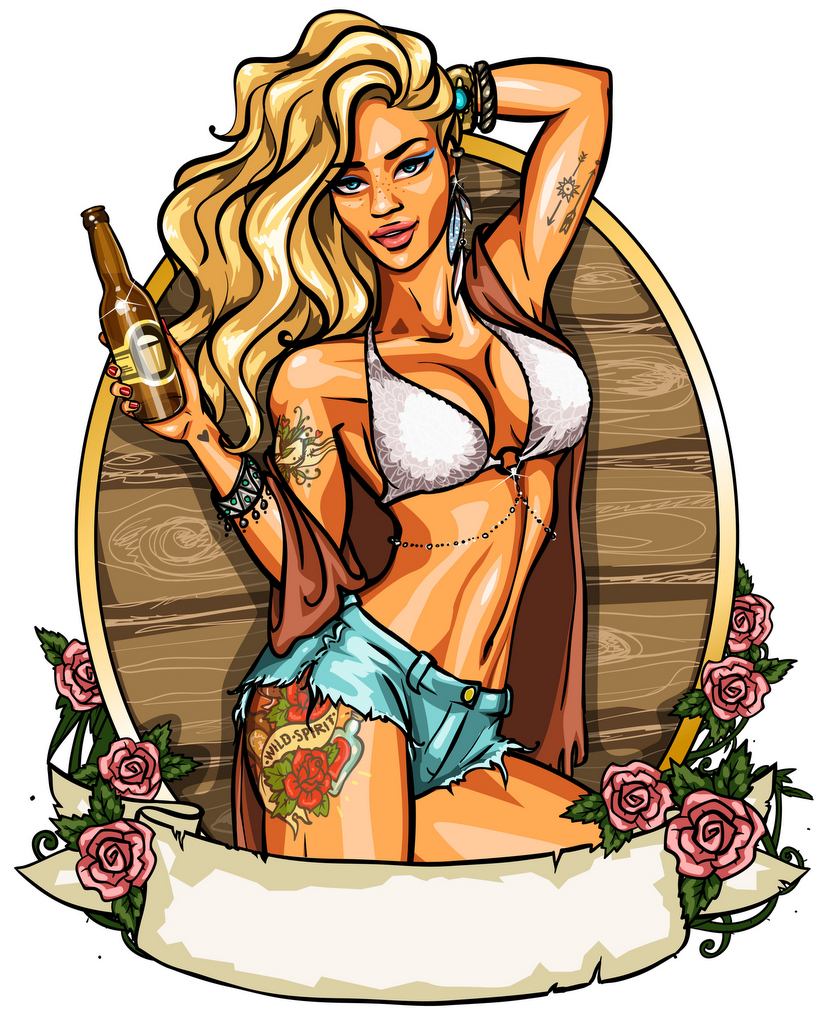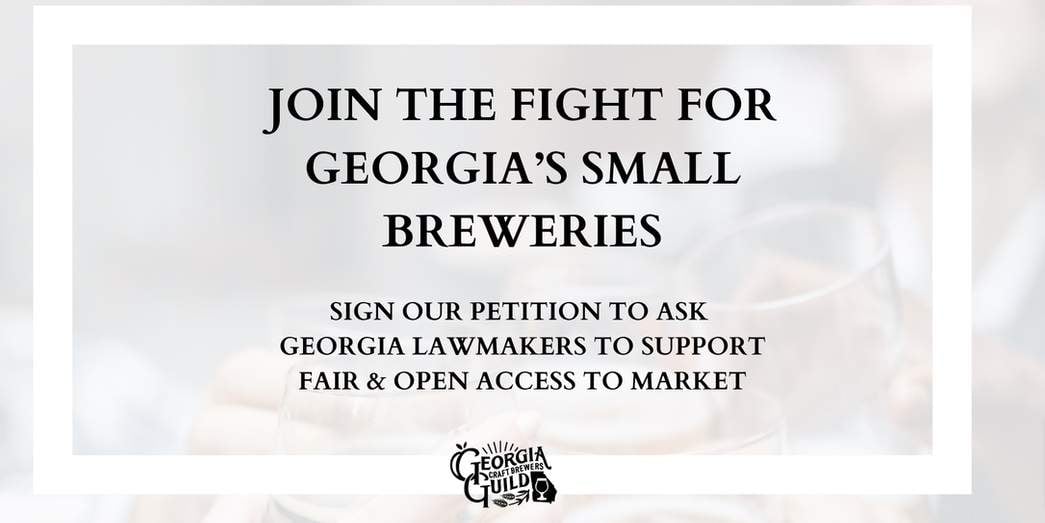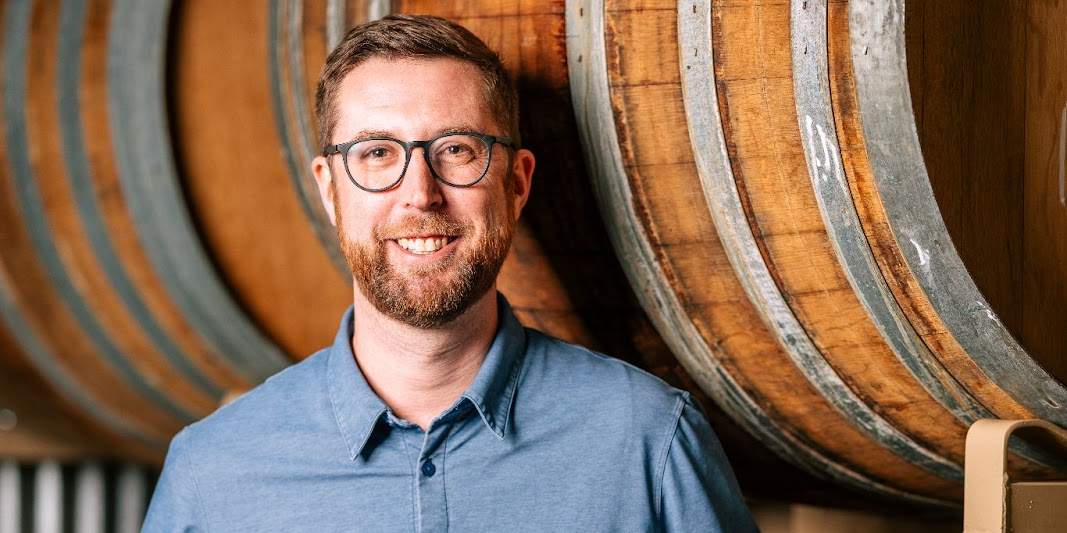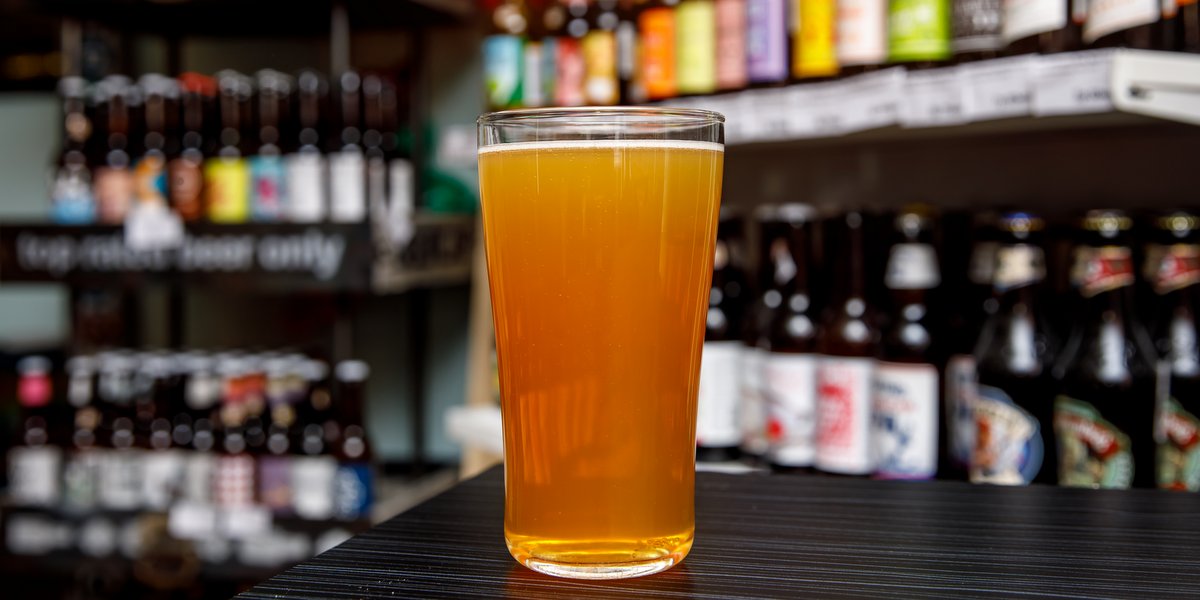
The brewmaster’s newest recipe is an award-winning ale. The brewery has a contest to name it, and the close competition is down to three entries (all of which have cleared a trademark search, of course). One is a bit salacious, but will grab attention. The other two have merit, but might not be as memorable. No matter which name and label are chosen, this ale is going to be the one that puts the brewery on the map. What should the brewery do? If you want to stay within the Brewers Association Marketing and Advertising Code (the “Code”), you pick one of the non-salacious names and labels.
To advance the Brewers Association’s goal of increasing diversity in the craft beer industry the Code was recently amended to avoid the use of potentially offensive names and labels. These changes added two sub-paragraphs to the General Guidelines section of the Code stating that beer — defined in the code as all types of malt beverages — advertising and marketing materials should not “contain sexually explicit, lewd or demeaning brand names, language, text, graphics, photos, video or other images that reasonable adult consumers would find inappropriate for consumer products offered to the public” and/or “contain derogatory or demeaning text or images.” The Code has not defined these terms, but it appears they are intended to avoid names and labels that have sexist or racist connotations.
While the Code’s limitations on offensive content are new, the issue has been percolating for some time. See John Holl, All About Beer Magazine, Vol. 38, Issue 1, “Taking a Stand Against Sexist Beers,” Feb. 20, 2017. In Taking a Stand, Holl notes that the manner in which some breweries depict women in beer names and labels is problematic and counterproductive to diversity in the industry. As a result, and because at that time the industry had not done anything to police itself, Holl’s magazine, All About Beer, took a stand. As of that issue, All About Beer would no longer review or promote beers that demean women or promote rape culture. Reading the comments to Taking a Stand, shows that this issue is not without controversy.
It also shows that some have misunderstood his position in that he does not suggest that well-known descriptors of beer styles in names and labels, such as blonde or amber, should be prohibited. Rather, he advocates only that one be careful not to cross a line when using those descriptors. His example is not to use the descriptor and take a large bra size to form a name, but there are any number of offensive words that can turn a blonde ale into something that will potentially demean large segments of the population. Ultimately, whether one agrees or disagrees with the necessity or appropriateness of these limitations, the Brewers Association has taken a stand that offensive beer names and labels are inappropriate for beer advertising and marketing materials,
So what does this mean for craft brewers? For members of the Brewers Association, a name or label that is sexist or demeaning or that contains derogatory or demeaning text or images could lead to a formal complaint with the Brewers Association under its Marketing and Advertising Complaint Process. If the complaint is not resolved, the Brewers Association can convene a panel to review and comment on the Code violation. At least one commentator has suggested that a brewery violating the code would not be allowed to use the Brewers Association to market a beer that won a medal at the World Beer Cup or the Great American Beer Festival, according to Amy Haneline’s article on the IndyStar.Com: “Craft beer leaders: Offensive labels won’t be praised,” April 14, 2017.
Given the potential downsides, craft brewers will want to consider tweaking — or abandoning — offensive labels. After all, the award-winning beer will still taste just great, but the new label and name may avoid scrutiny by the Brewers Association and give the beer a wider audience. If you’re wondering what constitutes an offensive or demeaning name or label, both “Taking a Stand” and “Craft beer leaders: Offensive labels won’t be praised,” cite a number of examples. I’d cite the examples here, but I’m not sure they’d make it past my editorial board. In the end, as craft brewers well-know, what counts is what goes into the bottle not what goes on the outside.
Jonathan Dunitz’s law practice at Verrill Dana includes insurance coverage and litigation and commercial litigation. With more than 20 years of experience, he advises clients in the craft beverage industry to mitigate the risk of litigation at formation and throughout their growth, as well as litigating on their behalf in the event that becomes necessary.





BradFruhauff says
I like the female form as much as the next red-blooded straight male, but I do think this is a good move. It means the industry is growing up a little. I actually wrote a little about this last year: http://wp.me/p7ub4F-1O